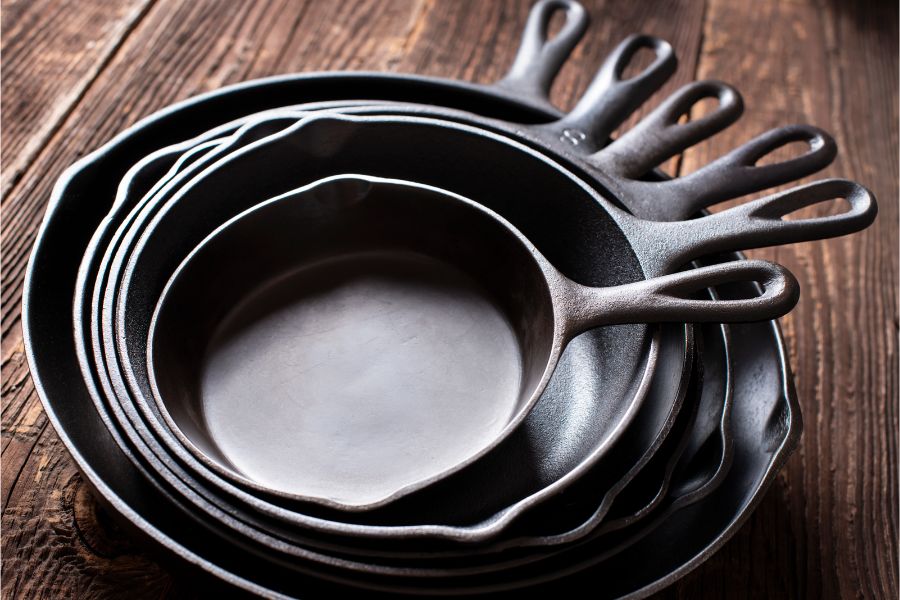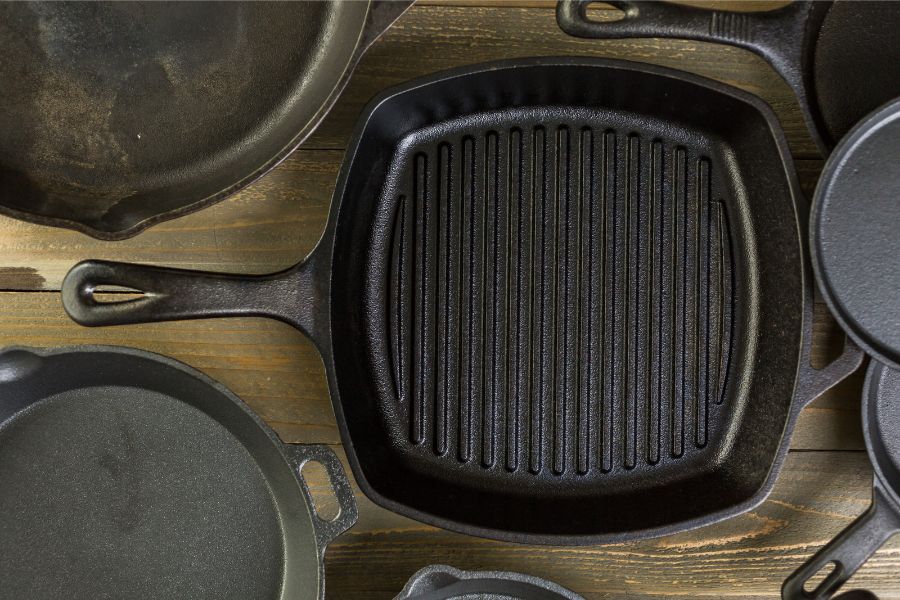How to Clean a Cast Iron Skillet
Cast iron skillets are a favorite in many kitchens due to their versatility, durability, and ability to retain heat. They are perfect for cooking anything from steaks to vegetables and can be used on the stovetop or in the oven. However, to keep a cast iron skillet in good condition and prevent it from rusting, it is essential to clean it properly after each use. In this article, we will go through a detailed guide on how to clean a cast iron skillet effectively.

Allow the skillet to cool down completely
After cooking with a cast iron skillet, it is crucial to allow it to cool down completely before starting the cleaning process. This is because cleaning a hot skillet can cause the seasoning to come off and damage the skillet. It is best to leave the skillet on the stovetop or in the oven until it has cooled down to room temperature.
Remove any food residue
Once the skillet has cooled down, the first step in cleaning it is to remove any food residue. This can be done using a stiff-bristled brush, a chainmail scrubber, or a plastic scraper. It is essential to remove all the food bits from the skillet as they can cause the seasoning to deteriorate over time.
Using a stiff-bristled brush is the most common method of removing food residue from a cast iron skillet. The brush should be made of stiff bristles that can effectively remove the food bits without damaging the skillet. Hold the skillet under running water and use the brush to scrub away the food residue. Make sure to scrub all the nooks and crannies of the skillet to ensure that no food bits are left behind.
A chainmail scrubber is another effective tool for cleaning cast iron skillets. It is made of interlocking rings of stainless steel and is gentle on the skillet’s surface. To use a chainmail scrubber, hold the skillet under running water and use the scrubber to remove the food bits. The scrubber should be used in a circular motion to ensure that all the food bits are removed.
A plastic scraper or a wooden spatula can also be used to remove any stubborn bits of food from the skillet. These tools are gentle on the skillet’s surface and can effectively remove the food bits without damaging the skillet.

Rinse the skillet under hot running water
After removing all the food bits, the next step is to rinse the skillet under hot running water. Make sure to rinse the skillet thoroughly to remove all the food residue and scrub away any remaining bits. Using hot water will also help to kill any bacteria that may be present on the skillet’s surface.
Dry the skillet thoroughly
Once the skillet has been rinsed, the next step is to dry it thoroughly. This is because cast iron skillets are prone to rusting, and any water left on the surface can cause rust to form. To dry the skillet, use a clean, dry cloth or paper towel to wipe away any excess water. Make sure to dry the skillet thoroughly, including the handle and the underside.
Season the skillet
If the skillet is not adequately seasoned, it is essential to season it after cleaning. Seasoning a cast iron skillet involves applying a thin layer of oil to the surface and then heating it. This helps to create a non-stick surface and prevent rust from forming.
To season a cast iron skillet, apply a small amount of vegetable oil or another high smoke point oil to the skillet’s surface. Use a paper towel or cloth to spread the oil evenly over the surface, including the handle and the underside. Place the skillet in a preheated oven at 375°F for one hour. After an hour, turn off the oven and let the skillet cool down before removing it.
Clean a well

